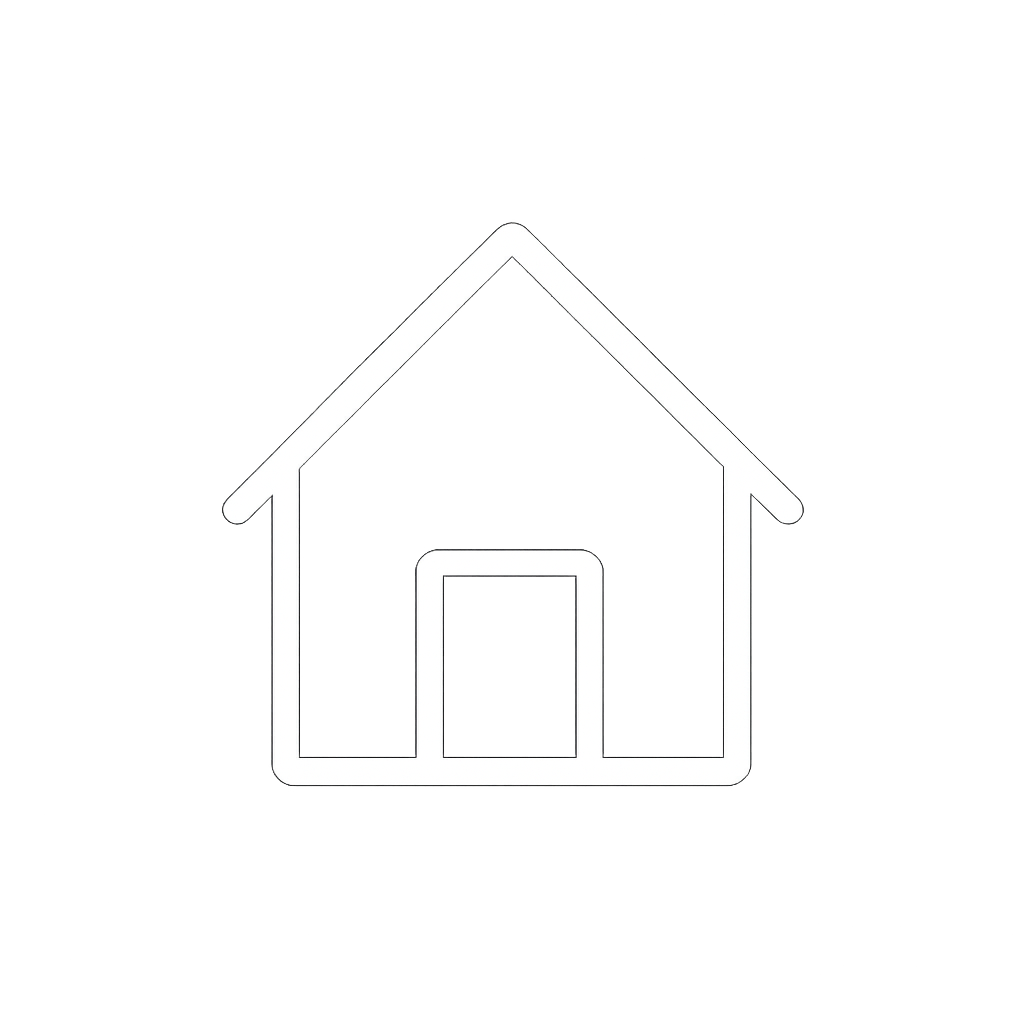Protections Specifications
AES Cabinet Protection Specifications
Specification | CAB-106 / CAB-160 / CAB-210 / CAB-266 / CAB-318 / CAB-372 / CAB-426 |
|---|---|
Cell Overvoltage | |
Level 1 (a) | ≥3.55 V for 5 s: Charging is derated. Discharging is allowed. |
Level 2 (a) | ≥3.60 V for 5 s: Charging is stopped. Discharging is allowed. |
Level 3 (b) | ≥3.65 V for 3 s: System shuts down. Charging and discharging are halted. A manual restart is required. |
Cell Undervoltage | |
Level 1 (a) | ≤2.90 V for 5 s: Discharging is derated. Charging is allowed. |
Level 2 (a) | ≤2.80 V for 5 s: Discharging is stopped. Charging is allowed. |
Level 3 (b) | ≤2.60V for 3 s: System shuts down. Charging and discharging are halted. A manual restart is required. |
Cell Imbalance | |
Level 1 a) | ≥350 mV for 5 s: Charging and discharging are derated. |
Level 2 (a) | ≥400 mV for 5 s: Charging and discharging are stopped. |
Level 3 (b) | ≥500 mV for 3 s: System shuts down. Charging and discharging are halted. A manual restart is required. |
Battery Pack Overvoltage | |
Level 1 (a) | ≥184.6 V for 5 s: Charging is derated. Discharging is allowed. |
Level 2 (a) | ≥187.2 V for 5 s: Charging is stopped. Discharging is allowed. |
Level 3 (b) | ≥189.8 V for 3 s: System shuts down. A manual restart is required. |
Battery Pack Undervoltage | |
Level 1 (a) | ≤150.8 V for 5 s: Discharging is derated. Charging is allowed. |
Level 2 (a) | ≤145.6 V for 5 s: Discharging is stopped. Charging is allowed. |
Level 3 (b) | ≤135.2 V for 3 s: System shuts down. A manual restart is required. |
Battery Cabinet Discharge Current | |
Level 1 (a) | ≥150 A for 5 s: Discharging current is reduced by the BMS. |
Level 2 (a) | ≥155 A for 5 s: Discharging is stopped. Charging is allowed. |
Level 3 (b) | ≥160 A for 3 s: System shuts down. A manual restart is required. |
Battery Cabinet Charge Current | |
Level 1 (a) | ≥150 A for 5 s: Charging current is derated by the BMS. |
Level 2 (a) | ≥155 A for 5 s: Charging is stopped. Discharging is allowed. |
Level 3 (b) | ≥160 A for 3 s: System shuts down. A manual restart is required. |
Low Insulation Resistance | |
Level 1 (a) | ≤1000 kΩ for 2 s: Charging and discharging are derated. |
Level 2 (a) | ≤500 kΩ for 2 s: Charging and discharging is stopped. |
Level 3 (b) | ≤100 kΩ for 2 s: System shuts down. A manual restart is required. |
High Temperature | |
Level 1 (a) | ≥40°C 104°F @ Charge for 5 s / ≥45°C (113°F) @ Discharge for 5 s: Charging and discharging current are reduced. |
Level 2 (a) | ≥45°C (113°F) @ Charge for 5 s / ≥50°C (122°F) @ Discharge for 5 s: Charging and discharging are stopped. |
Level 3 (b) | ≥50°C (122°F) @ Charge for 3 s / ≥55°C (131°F) @ Discharge for 3 s: System shuts down. A manual restart is required. |
Low Temperature | |
Level 1 (a) | ≤10°C (50°F) @ Charge for 5 s / ≤5°C (41°F) @ Discharge for 5 s: Charging and discharging current are reduced. |
Level 2 (a) | ≤5°C (41°F) @ Charge for 5 s / ≤0°C (32°F) @ Discharge for 5 s: Charging and discharging is stopped. |
Level 3 (b) | ≤0°C (32°F) @ Charge for 3 s / ≤-10°C (14°F) @ Discharge for 3 s: System shuts down. A manual restart is required. |
High Terminal Temperature | |
Level 1 | ≥70°C for 5 s: Warning only. |
Level 2 | ≥75°C for 5 s: Warning only. |
Low State of Charge | |
Level 1 | ≤10% for 5 s: Warning only. |
Level 2 | ≤0% for 5 s: Warning only. |
(a) Level 1 and Level 2 Warnings: These will cause temporary system performance limitations, but the system should self-recover automatically once conditions normalize. | |
